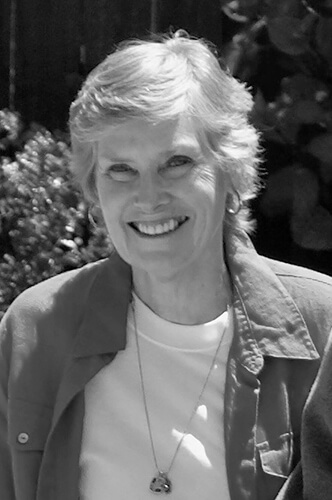Beverly Conley is a documentary photographer in Benicia, California. She has found true satisfaction in long-term self assigned projects that have focused on individuals and contemporary society. Her quest has allowed her to enter the private world of Gypsies in England, the Cherokee Nation in Northeastern Oklahoma, steelworkers in Weirton, West Virginia and the Cape Verdean Communities in Boston and the Cape Verde Islands. Solo exhibitions include the Fort Smith Regional Art Museum in Arkansas, the Black Arts Center in Kalamazoo, Michigan, the Museum of Native American History and Culture in Bentonville, Arkansas, the Boston Public Library and the George Meany Center for Labor. Her work has been featured in juried exhibitions and group shows such as the Festival of American Folklife at the Smithsonian Institution and the Cleveland Museum of Art. She is represented in numerous permanent collections including the Smithsonian's National Museum of African American History and Culture, the Toledo Museum of Art, the Cleveland Museum of Art, the Museum of London, the New York Public Library, the Schomburg Center for Research in Black Culture, the Boston Public Library, the Museum of Native American History and Culture in Bentonville, Arkansas and the Cleveland Public Library. Beverly is the recipient of a 2002 Michigan Creative Artist Grant and she has received awards from the Utah Press Association, the International Regional Magazine Association and an excellence award by Black and White Magazine for their 2017 Special Issue. She is a member of the American Society of Media Photographers (ASMP).
Life in the Ozarks: An Arkansas Portrait
My ongoing project began in 2003 with a drive down a rural country road. I had recently moved to Fayetteville and was anxious to explore my new surroundings. The resulting images tell the stories of people, events and everyday life in and around small towns in the rugged Ozark Mountains. They represent different aspects of these communities – young and old, recent immigrants, preachers, cowboys, farmers and those whose families have lived in the Ozarks for generations.
I am interested in documenting the vestiges of an older Ozarks. There is a sense of timelessness that I want to convey in my work. I am drawn to the less travelled back roads where catfish are caught bare-handed, folks gather on porches to play bluegrass and subsistence farming is still in existence.
Living and photographing in the same place gave me the opportunity to observe the changes of a region in transition. Northwest Arkansas experienced tremendous growth in the last decade with rural communities inching closer and closer to cities. I really imagined this unique Arkansas heritage would be lost. What I have since discovered is the resilience and self- sufficiency of a complex culture that stands with one foot in the present and the other in the past. An individual might have a day job at a Walmart but returns to a hand built home and the traditions of the 'holler' at night.
Through these photographs and words it is my intention to preserve and share the richness of this Southern way of life with a broader audience.
Life in the Ozarks: An Arkansas Portrait
Appleby Horse Fair: The Annual Gathering of Gypsies & Travellers
Smithfield Market